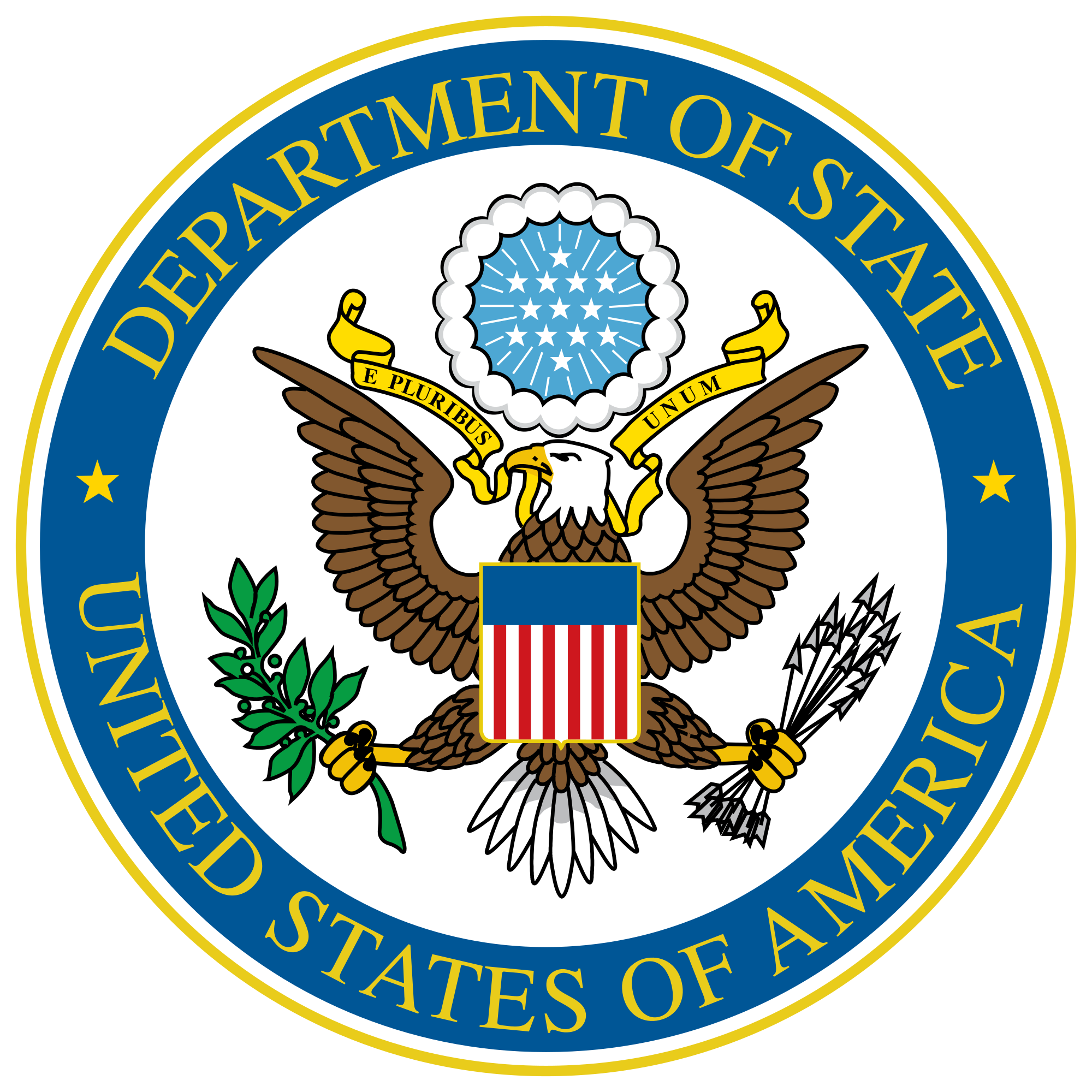Jeremy D. Morley
Nature and Purpose of the Registry
The Korean Family
Registry is governed by Korea’s “Act on the Registration etc. of Family
Relationships.” The purpose of the Act is defined in Article 1 as “to prescribe
matters concerning the registration of establishment and changes in family
relations such as the birth, marriage, death, etc. of people and matters
concerning certification thereof.”
Korean clans have
maintained family registers for many generations. In 1905 Japan annexed Korea
and in 1909 introduced a “modern” national family registry system modeled
closely on the Japanese “koseki” system of family registration. The rules were
clarified by means of a Family Register Ordinance in 1922.
The purpose of the
Korean registry was to provide for national control of the identity of citizens
of the country, to permit clear identification of each citizen as a part of a
specific family unit under the control of a specified male family head who had
clear authority over and responsibility for all listed family members, and to
facilitate government administration specifically including the collection of
taxes. Under that system (the “hoju” system, when a daughter married, she was
removed from her father's "hojeok” (family register) and transferred to her
husband's.
In 2005 the system was
modified to the extent of abolishing the authority of the male family head over
the individual family members.
The current law
governing the registration system was enacted in 2007 and has since been
amended on several occasions.
Korean Nationality of Child
The child of a Korean
national is entitled to Korean nationality, even if the other parent is not a
Korean national. If the application for such nationality is not made upon the
child’s birth, the Korean parent may apply for nationality for a minor child at
any time thereafter. Article 2 of the Korean Nationality Act.
Method of Registration
A child outside Korea
may be registered on the Korean Family Registry by the submission by a parent
of Korean nationality of the original birth certificate of the child to a
Korean Consulate, as well as the passports of the parents. If a child is
registered on the Korean Family Registry the child is eligible for a Korean
passport.
Passport Issuance Procedure
If a Korean national
parent applies at a Korean Consulate for the issuance of a Korean passport for
a child who is identified on the Korean Family Registry as his or her child,
the Korean Consulate will issue a passport for the child based solely on
information supplied by the Korean parent.
If only one parent
applies for a passport he or she must sign a Legal Representative Agreement
representing that he or she has the consent of the other parent. A warning is
set forth at the foot of the Agreement warning that there are civil and
criminal penalties for misrepresenting this crucial fact. However, in practice
the Korean authorities do not check the veracity of the representation or
require that any supporting evidence that the consent of the other parent was
actually obtained.
The Korean authorities
have no obligation to respect foreign custody orders. As a sovereign country
Korea follows its own laws and procedures.
An Illustration of the Problem:
A Korean mother lives in Colorado, USA
with a daughter who was born in the United States. The child is listed in the
Korean Family Registry. The mother is divorced from the child’s American
citizen father. By Colorado court order they share the custody of their child.
The mother wants to obtain a Korean passport for the child without the
knowledge or consent of the father and take the child covertly to Korea. If the
mother visits a Korean consulate with her own Korean passport she will be asked
to sign a Korean “Legal Representative Agreement” on behalf of herself and the
father, representing that the other parent has consented. If she does so,
despite the fact that her representation concerning the father’s supposed
consent is false, she will receive a Korean passport for the child shortly
thereafter and will be able to take the child out of the United States without
the knowledge of the father.




